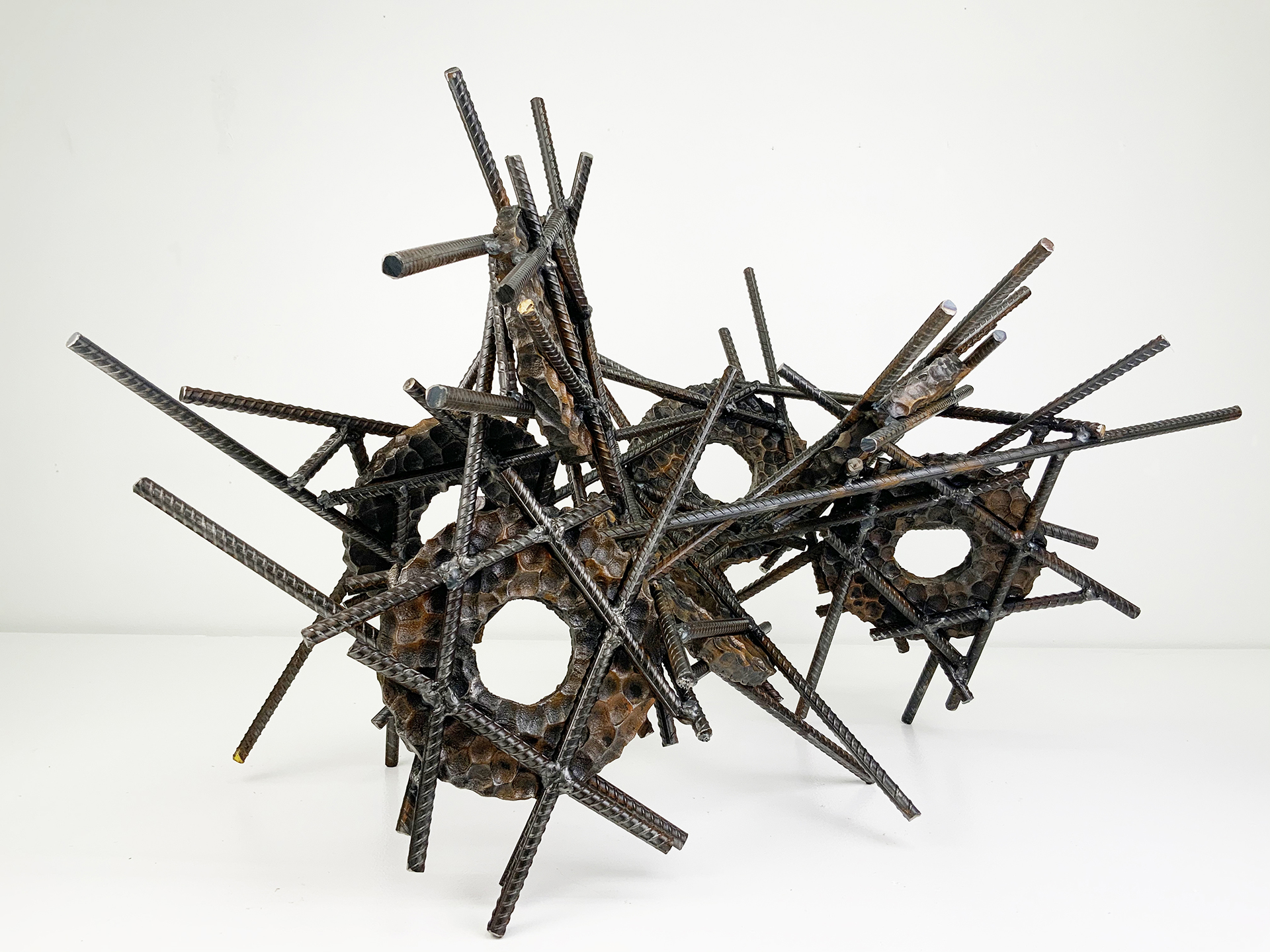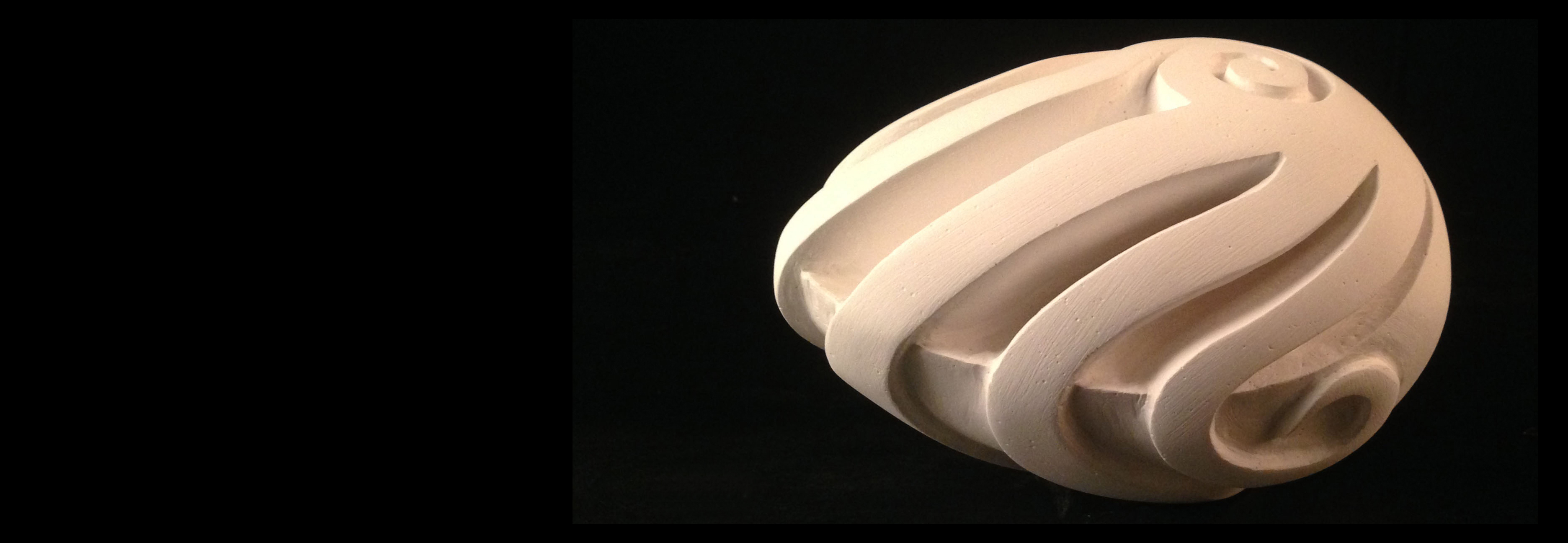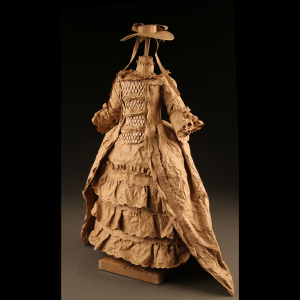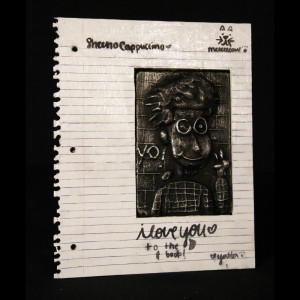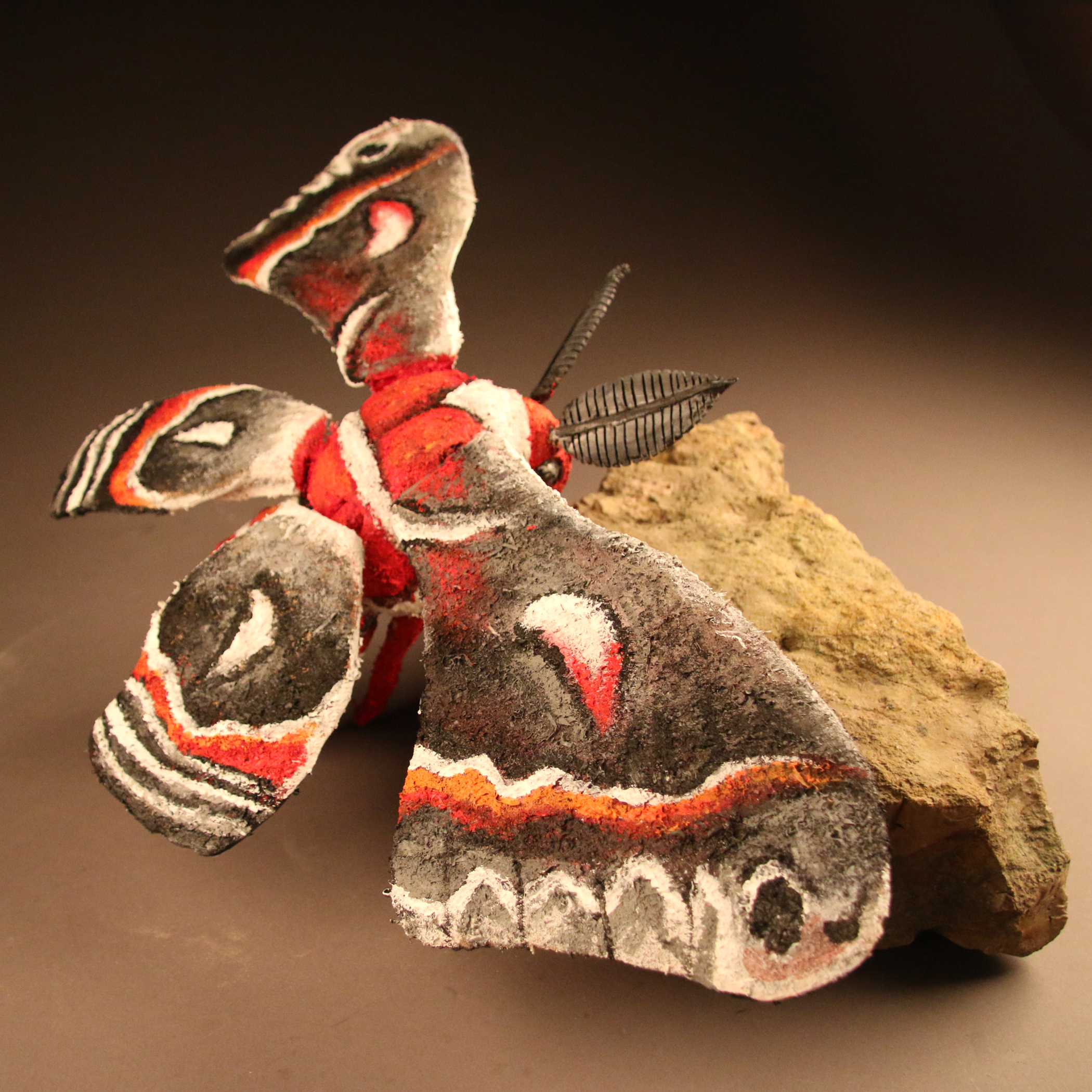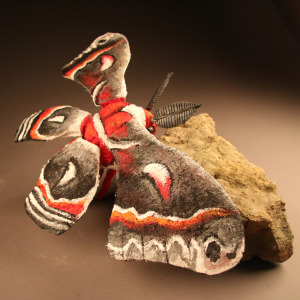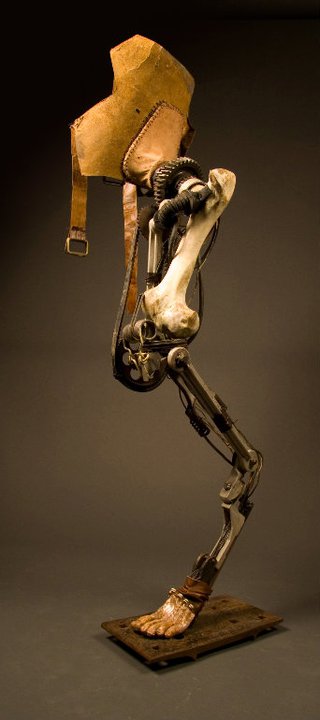
Prologue:
The human body and its components allow us to understand facets of identity such as gender, sexuality, race, and ethnicity. Slight gestures can represent emotion, mood, and intent. Subtle and extreme alterations of the body, such as hair, skin, and clothing can suggest alignment with or rebellion against social conventions and to express ideas to others. Many artists explore visual expression through representations of the body and by using their bodies in their creative process. The poetry of bringing objects together to suggest or make strong statements can sometimes be elusive. Not only does one need the right objects to build a dialogue, but a keen observation of craft is important in developing a poetic voice that does not distract the artist’s intent.
Mission: (Project Description)
Create a sculptural form using elements from the human body and at minimum one other form. A cast component, plaster, or other material, of the body, will be a basis for their research. Other materials are not only encouraged but also expected in the final solution.
Project Examples:
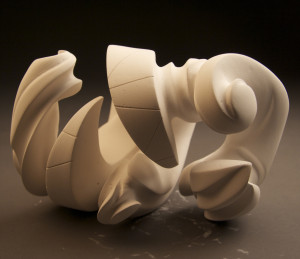 Mission: (Project Description)
Mission: (Project Description)